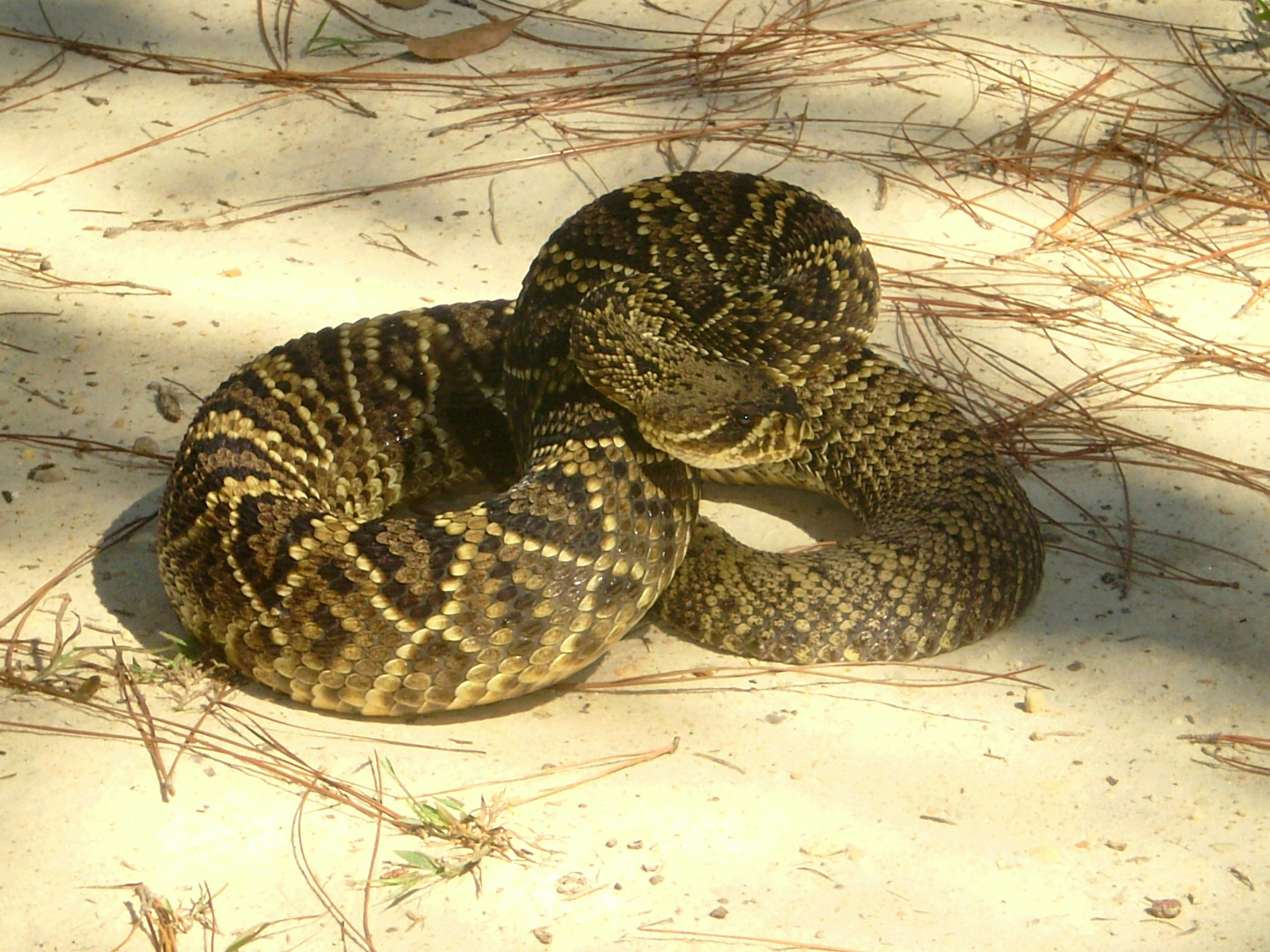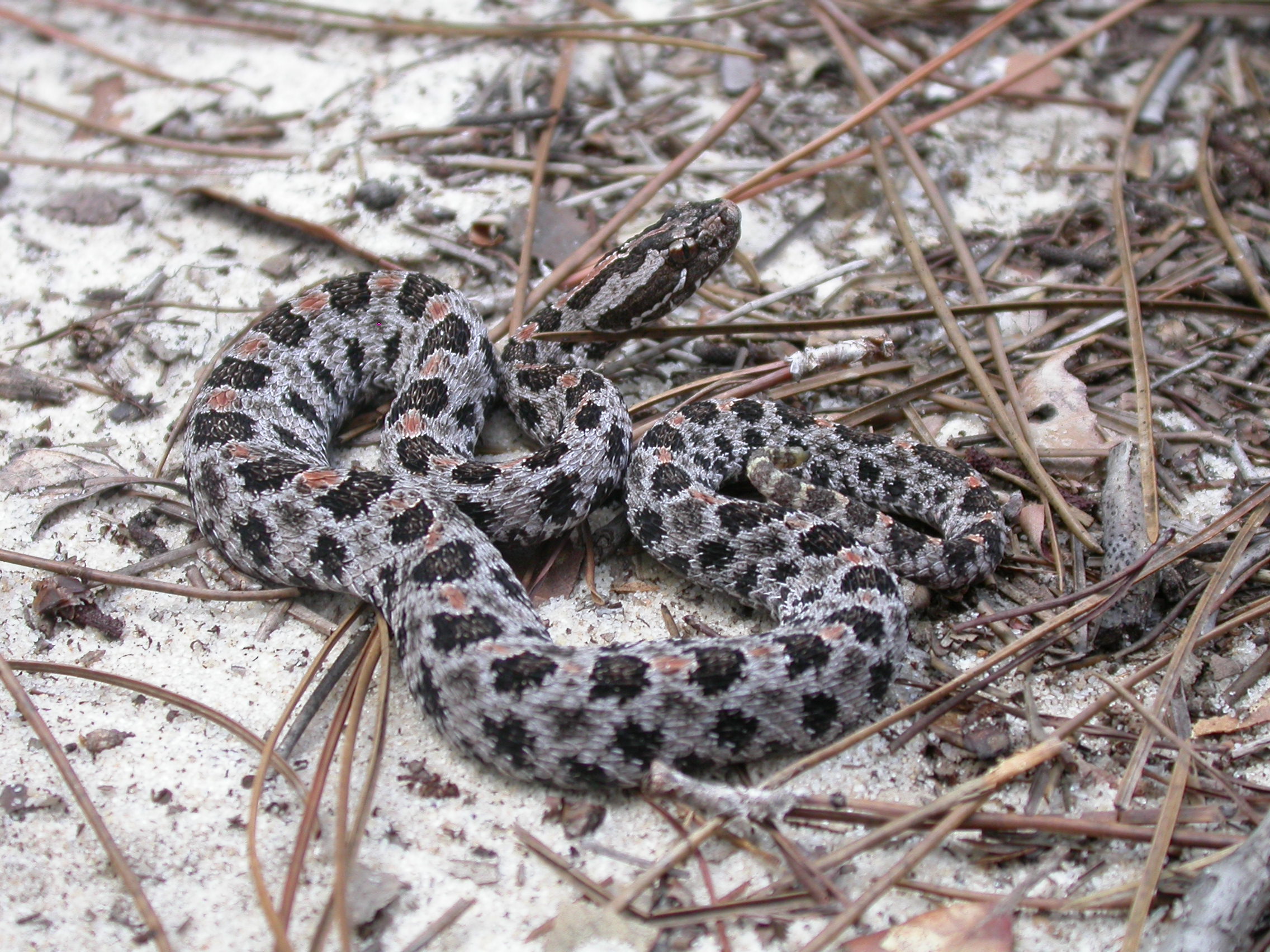Alabama is home to a diverse range of wildlife, including 43 species of snakes, six of which are venomous. Among the venomous snakes, there are three types of rattlesnakes that can be found in Alabama.
In this article, we will explore the three types of rattlesnakes in Alabama, their characteristics, and where they can be found. Whether you are a nature enthusiast or just curious about the wildlife in Alabama, this article will provide you with valuable information about these fascinating creatures.
You are reading: Discover 3 Types Of Rattlesnakes In Alabama

3 Types Of Rattlesnakes In Alabama
Timber Rattlesnake

Also known as the Canebrake Rattlesnake, it is the most common rattlesnake in Alabama and can be found throughout the state. It inhabits upland and lowland habitats such as hardwood forest with rocky outcrops, pine forests, and cane thickets.
Adult timber rattlesnakes average 36 to 60 inches in total length and have a broad head that is distinct from its narrow neck. The coloration of this species varies from blackish to yellowish to pinkish, or grayish with dark, bent crossbands aligned along the dorsal length of its body.
On many specimens, a reddish dorsal stripe runs between the crossbands. The velvety black tail is short and thick, tipped with a tan rattle.
Eastern Diamondback Rattlesnake
Read more : Top 10 Most Harmless Animals In The World
The Eastern Diamondback Rattlesnake is the largest venomous snake in Alabama and the longest rattlesnake species in the world, growing just over 8 feet in length.
It is a member of the genus Crotalus, which includes 36 of the 39 species of rattlesnakes. The Eastern Diamondback Rattlesnake prefers habitats that include sandy mixed woodlands, upland dry pine forest, pine flatwoods, palmetto flatwoods, and longleaf pine-turkey oak hills.
This species is locally common in suitable habitat regions of extreme south Alabama in the lower coastal plains and the adjacent band of red hills to the north.
When encountered, the diamondback will often remain motionless until a threat is perceived or the snake is actually touched. A defensive posture is a coiled position with rattle erect, buzzing, and head near the center of the coil.
The act of striking can extend up to two-thirds the length of the snake.
Pygmy Rattlesnake

The Pygmy Rattlesnake, also known as the Pigmy Rattlesnake, is a small venomous snake that belongs to the genus Sistrurus and is commonly referred to as a ground rattler.
It is one of the smallest species of rattlesnake in North America, with adults averaging 14 to 24 inches in length. The body color of this species varies from light to dark gray, and a lengthwise row of black or charcoal blotches disrupts a reddish-brown stripe running down the middle of the back.
Read more : Discover The Top 12 Most Expensive Types Of Betta Fish
Dark spots occur on the sides and line up with the dorsal blotches. The tail is slender and ends in a tiny rattle. Pygmy Rattlesnakes rely heavily on superb camouflage to avoid detection. When frightened, these snakes often remain motionless and expand their ribs so their bodies appear flattened against the ground.
However, if provoked they may attempt to escape or they may remain coiled and shake their tails, producing a buzzing sound.
The Pygmy Rattlesnake produces cytotoxic venom that is strongly hemorrhagic and tissue toxic, but devoid of any neurotoxins. The venom was the basis for the development of the drug eptifibatide, which is used to prevent clotting during a heart attack.
FAQS
1. What are the three types of rattlesnakes in Alabama?
Alabama is home to three types of rattlesnakes: the Timber Rattlesnake, the Eastern Diamondback Rattlesnake, and the Pygmy Rattlesnake.
2. Are rattlesnakes dangerous?
Yes, all three types of rattlesnakes in Alabama are venomous and can be dangerous if provoked or threatened. However, they will usually try to avoid contact with humans.
3. Where can I find rattlesnakes in Alabama?
The Timber Rattlesnake can be found throughout the state, while the Eastern Diamondback Rattlesnake is more commonly found in the southern part of the state, particularly in the Mobile-Tensaw Delta. The Pygmy Rattlesnake can be found in a variety of habitats, including pine forests, hardwood forests, and wetlands.
4. What should I do if I encounter a rattlesnake?
If you encounter a rattlesnake, it is important to give it plenty of space and avoid provoking it. Do not attempt to handle or kill the snake, as this can increase the risk of being bitten. Instead, slowly and calmly back away from the snake and give it plenty of room to move away.
5. How can I identify a rattlesnake?
Rattlesnakes can be identified by their distinctive rattle at the end of their tail. The Timber Rattlesnake has a broad head that is distinct from its narrow neck, while the Eastern Diamondback Rattlesnake has a diamond-shaped pattern on its back. The Pygmy Rattlesnake is one of the smallest species of rattlesnake in North America, with a gray or tan body and a row of dark brown or black spots down its back.
Source: https://petstutorial.com
Category: Animals










